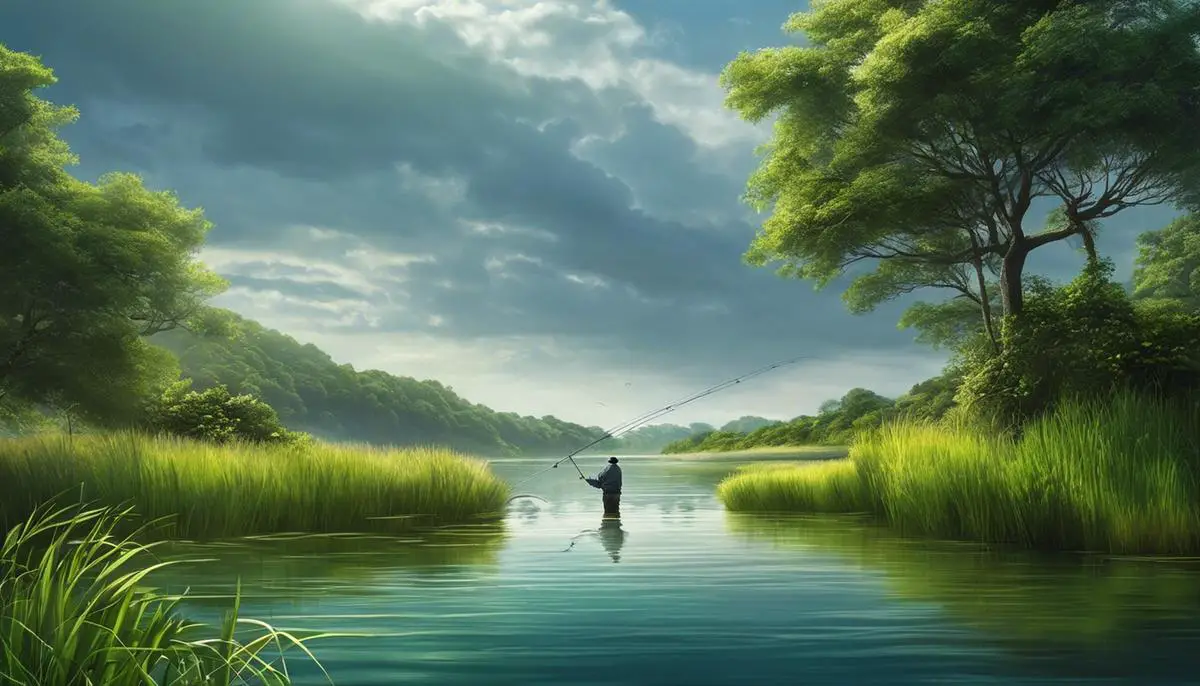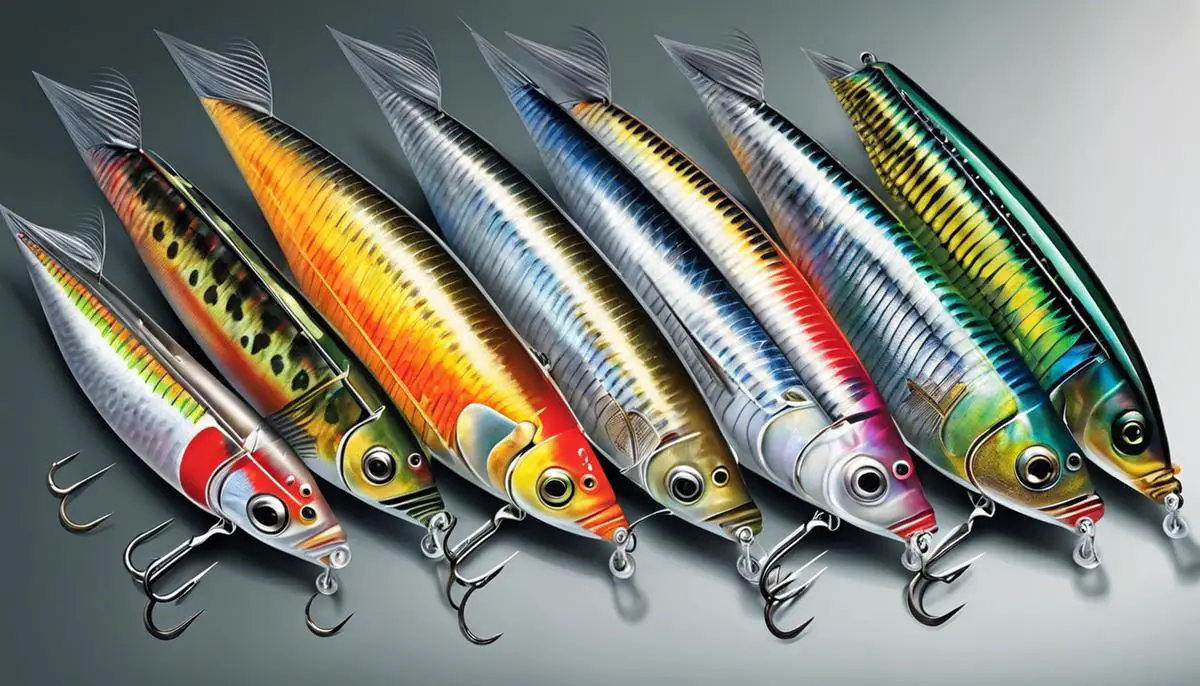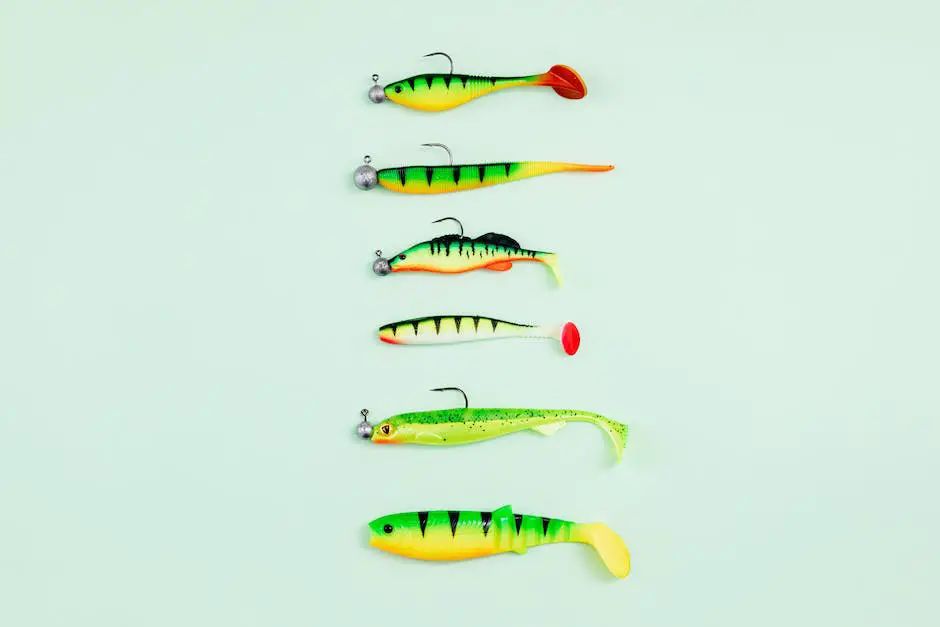From the glimmering flats of the Florida Keys to the rugged Pacific Northwest coastline, inshore saltwater fishing presents a world of opportunity to the seasoned and novice angler alike. Pulling from a variety of species rich in diversity and allure, this art form extends far beyond mere activity, embedding itself into culture, tradition, and passion. Critical to this fascinating marine sport is the role of lures, mimicking the food of predator fish to ensnare your coveted catch. This write-up will help you understand the realm of inshore saltwater fishing, including the types of lures to employ, how to select them based on varying criteria, and the techniques to apply for their successful use.
Understanding Inshore Saltwater Fishing
Inshore Saltwater Fishing: Unraveling the Mystery of Selecting the Perfect Lure
For those who have immersed themselves in the captivating world of fishing, there’s something uniquely mesmerizing about inshore saltwater fishing. It’s more than a hobby; it’s an art, a craft, complex and rewarding in equal measures. Inherently diverse, inshore saltwater fishing encompasses various types: from surf fishing, jetty fishing to fishing in bays, tidal creeks, and estuaries. It’s a calm, therapeutic experience, providing a perfect blend of relaxation and excitement, with each casting line promising a unique story.
Many variables govern a successful inshore saltwater fishing experience — the time of day, the environmental conditions, the appropriate tackle, and more crucially, the choice of fishing lures. The lure, simply put, is the bait that attracts and hooks the fish. Choosing the right lure can joke the difference between an abundant catch or leaving empty-handed.
To unravel the science behind lures, it’s essential to understand that different types of lures mimic various kinds of prey, tricking the fish into biting. Common inshore species like redfish, trout, and flounder each respond to different lures, turning the selection process into a complex puzzle.
A top-of-the-mind lure for a plethora of inshore species is the spoon lure. With their shining metal surface reflecting light and mimicking baitfish with their wobble, spoons are a versatile choice for any saltwater fishing arsenal. They’re effective for species that eat smaller fish, such as speckled trout and redfish, which are common targets for inshore anglers.
Soft plastic lures are another popular pick. They come in various shapes and sizes, mirroring a wide range of prey, from shrimp to worms. Versatile and easy to use, soft plastic lures work wonders especially when targeting flounder, which mainly feast on the crustaceans these lures mimic.
Jerkbaits, with their erratic, side-to-side motion, can be a surefire lure for aggressive, predatory species like the headstrong snook. Their movements give the illusion of a wounded fish, tapping into the predatory nature of the fish.
Finally, there are surfcasting lures for surf fishing enthusiasts. These are designed to cast longer distances over the waves. They come in various types, including poppers, metal lures, and plugs, each reflecting a different kind of prey – an important consideration given the wide variety of species lurking in the surf zone.
In short, the choice of lure in inshore saltwater fishing involves more than meets the eye. It’s an essential step grounded in understanding the behavior, habitat, and feeding preferences of the targeted species. Equipping oneself with the right lure fosters better chances of landing a perfect catch, making every second spent on the water, rod in hand, a smart bet. Here’s to plentiful catches, and even more thrilling tales of the one that didn’t get away.

Types of Inshore Saltwater Lures
The Variety of Inshore Saltwater Lures: Understanding Their Mechanisms and Use
In the wonderful world of inshore saltwater fishing, there is a plethora of lure types to consider beyond spoon lures, soft plastic lures, jerkbaits, and surfcasting lures. By extending our angling arsenal with other modern-day offerings, a higher chance of success is certainly on the horizon. Let’s set sail and explore the breadth and depth of lures available for inshore saltwater fishing.
Poppers are considered “topwater” lures because they are designed to float on the water’s surface. Resembling injured baitfish, these lures produce a popping noise when reeled in, which attracts predatory species such as Striped Bass, Bluefish, and Jacks. The technique often associated with poppers is “as exciting as it gets” in the inshore fishing scene because it triggers dynamic surface strikes.
Then there are Jigs, a category of lures that are touted as the swiss army knives of fishing. A jig lure is weighted and typically dressed with a form of bait, soft plastic, or tie-dressed material. The concept behind a jig’s effectiveness is its unique vertical motion mimicking a wounded minnow – an irresistible treat for species like Flounder, Red Drum, and Sea Trout.
We mustn’t overlook crankbait lures, tried and true tackle box staples. As casting lures, crankbaits are exceptional for targeted fishing in various depths and are usually cylindrical or fish-shaped with one or multiple hooks. These action-packed lures emulate the swimming motion of baitfish once reeled in, irresistible to a vast array of saltwater species.
Don’t forget to consider trolling lures, explicitly designed for fisherman employing the trolling technique. Trolling is when a fishing line with a lure is drawn through the water from a moving boat. Trolling lures are usually impressively colorful and large, designed to grab fish’s attention, even at high speeds.
Lastly, let’s cast light on spinnerbait lures, especially effective in stained or murky waters. This type of lure has several attached spinning blades that create movement and vibration when reeled in; like poppers, these lures often emulate bait in distress, which certainly grabs the attention of predatory gamefish like Speckled Trout or Redfish.
Understanding the function and application of the various inshore saltwater lures is just as important as knowing the specific species behavior and feeding preferences to aim for. Each lure has its own unique mechanism and function, all designed to imitate different forms of prey, which in turn, have the potential to provide an adrenaline-pumping tussle with your dream catch. With such an array of lures await at your disposal, the possibility to fine-tune your strategy to the conditions and targeted species at hand is seemingly endless. Anchors aweigh, it’s time to get fishing!

Selecting the Right Lures
Given the preceding information, such follows is further insights and knowledge relating to diverse inshore saltwater fishing lures.
- Poppers — a unique kind of thrill in fishing, poppers are essentially topwater lures that create a popping sound when twitched. The disturbance they create on the water surface mimics an injured prey, drawing the attention of game fish that might be cruising nearby. Using poppers can be thrilling as you get to watch predators jump out of the water in an attempt to snatch the lure. Poppers serve as exceptional lures for aggressive species such as striper, redfish, and bluefish.
- Jigs — These lures have always been a favorite amongst experienced inshore anglers owing to their versatility. In essence, a jig constitutes of a lead sinker with a hook molded into it, and usually covered by a soft body to attract fish. There are many types of jigs—bucktail jigs, popper jigs, flutter jigs—each with a unique action in the water. The versatility of jigs allows anglers to employ them for almost any species of fish in an array of different conditions.
- Crankbaits — These are tackle box staples for any angler, whether fishing in freshwater or saltwater, inshore or offshore. Crankbaits are essentially plugs with a plastic or metal lip that cause them to dive underwater when reeled in. The wobbling action and realistic design of crankbaits mimic the behavior of prey, effectively attracting predatory fish. When fishing in areas with lots of structure (such as rocks, docks, or man-made reefs), crankbaits can be incredibly effective.
- Trolling Lures — These lures are meant for the trolling technique of fishing, where a lure is cast and then drawn through the water behind a moving boat. Characteristics that make trolling lures effective are their resemblance to legitimate prey and their ability to maintain consistency at high speeds. When targeting larger species like tuna, mackerel or marlin, trolling lures can be your best bet.
- Spinnerbait Lures — Remember the times when you’re faced with stained or murky waters, and visibility is considerably reduced? That’s when you deploy the spinnerbaits! The key attractor on spinnerbaits is the metal blades that spin like a propeller when the lure is in motion, creating vibrations in the water. This commotion attracts the fish through their lateral lines, an organ that fish use to detect movement and vibration in the surrounding water.
Wrap your mind around this – in every possible fishing scenario, there’s a lure specifically designed for it. However, picking the right lure doesn’t always promise success. It’s also vital to read the water. Note factors like water clarity, the presence of predatory birds, or visible structure. Paired with the right fishing tactics, the right lure can yield fruitful results to any inshore saltwater angler. Happy casting!

Techniques to Use Inshore Saltwater Lures
Beyond acquainting oneself with different types of lures, there are also certain techniques and strategies that can vastly improve an angler’s chances of successfully reeling in a catch using these lures.
When angling with topwater lures like poppers, the most effective strategy involves mimicking the actions of wounded or disoriented prey. Subtle twitching and short pauses between retrievals can elicit predatory responses from fish. In using these lures, remember the old adage: “don’t set the hook until you feel the fish.“
Jigs are incredibly versatile, able to mimic a range of prey from shrimp to small baitfish. The key to mastering the jig is mastering a technique known as “jigging.” This involves a combination of rod-tip movements and line retrieval to give the lure an erratic, enticing movement.
Crankbaits perform best in areas abundant with underwater structure, serving best in mimicking baitfish. They are commonly used in a systematic casting approach where repetitive casts are made in a fan-like pattern. On retrieval, allowing the lure to bump onto structure can often provoke strikes.
When using trolling lures, it’s all about boat control and lure presentation. The most effective trolling speeds vary depending upon conditions and targeted species, but generally fall between 1.5 to 3.5 knots. When fish are noted on the sounder, slowing the boat down or circling back may trigger a bite.
For stained or murky waters, spinnerbaits prove their worth. These lures create vibrations in the water that are picked up by fish through their lateral lines allowing them to locate the lures even with poor visibility. A slow-rolling retrieval is often most effective, allowing the blade rotations to fully displace the water and increase the chances of a strike.
Choosing the right lure also requires understanding the conditions and environments in which one is fishing. For example, light levels, water clarity and temperature, wind conditions, and currents can all affect lure performance and fish behavior. Notably, lighter-colored lures work best in bright conditions and clear water, while darker lures tend to yield better results on overcast days or in murky waters.
Reading the water and comprehending the behavior of the target species is another essential skill that optimizes lure use. Factors such as the direction and intensity of currents, presence of rips and eddies, and changes in bottom contour can all influence fish location and feeding patterns. Cultivating the skill to predict fish movements based on these factors will vastly enhance lure selection and fishing success.
So, whether it’s an intricate surface popper, versatile jig, systematic crankbait, determined spinnerbait, or any lure in between, understanding the unique qualities of each and coupling this knowledge with foolproof techniques and straightforward strategies can make any fishing expedition a triumph of angling prowess. After all, the key to successful inshore saltwater fishing lies not just in executing a perfect cast, but in wisely selecting and masterfully utilizing the optimal lure. Get out there, make a splash, and happy fishing!

Mastering the art of inshore saltwater fishing is a journey that thrives on patience, persistence, and learning. Having a comprehensive understanding of the wide variety of lures and their employment techniques positions you well on the path to success. From the diverse types of lures and their design intricacies to the selection criteria based on local conditions and fish behavior, the lure’s world is rich and multifaceted. When equipped with this knowledge, this spectrum of variables becomes an exciting challenge rather than a stumbling block, making every fishing expedition a promise of discovery and thrill. Remember, it’s essential to learn and adapt continuously, because as the age-old adage goes – there is always more fish in the sea!



Welcome to our blog!